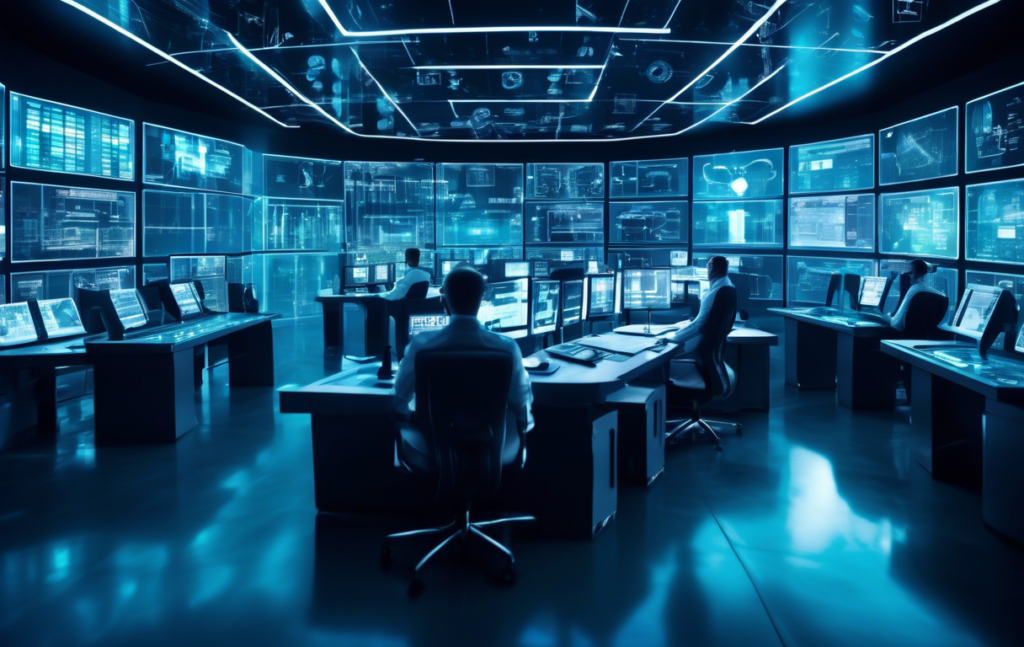The Evolution and Importance of Cyber Labs
Think about the last time you heard about a major data breach. Chances are, it wasn’t that long ago. In today’s interconnected world, cybersecurity is more crucial than ever. One of the cornerstones of modern cybersecurity is the concept of a cyber lab. But what exactly is a cyber lab, and why are they so vital?
What is a Cyber Lab?
A cyber lab is a controlled environment designed to simulate cyber-attacks and defenses. These labs can be physical or virtual spaces equipped with the necessary tools and technologies to mimic real-world cyber scenarios. The primary aim is to study, test, and develop ways to protect systems and data from cyber threats.
The Purpose of Cyber Labs
Cyber labs serve multiple purposes. Let’s break them down:
- Research and Development: Cyber labs are hotspots for innovation. Researchers use them to develop new cybersecurity technologies and strategies.
- Training and Education: Cyber labs are invaluable for training cybersecurity professionals. They provide hands-on experience that is crucial for understanding and mitigating cyber threats.
- Incident Response: When a cyber-attack occurs, immediate action is crucial. Cyber labs enable organizations to simulate attacks and test their response strategies.
- Testing: New software and systems need rigorous testing before deployment. Cyber labs provide a safe space to perform these tests without risking real-world systems.
Components of a Cyber Lab
Cyber labs can vary widely in their setup, but they generally include the following components:
- Hardware and Software: This includes servers, workstations, and security appliances. The software might comprise operating systems, firewalls, and penetration testing tools.
- Network Infrastructure: Setting up a realistic network is essential. This could involve switches, routers, and various network configurations.
- Data Sets: Reliable data sets are needed for realistic simulations, including both benign and malicious data.
- Simulators: Tools that simulate attacks, such as malware or phishing schemes, are crucial for testing defenses.
The Role of Cyber Labs in Education
One of the most impactful applications of cyber labs is in education. Universities and training centers use these labs to offer students practical experience. Unlike theoretical learning, hands-on experience in a controlled environment provides an irreplaceable depth of understanding.
Real-World Applications
Cyber labs aren’t just confined to academic settings. Organizations of all kinds use them for:
- Compliance: Many industries have specific cybersecurity regulations. Cyber labs help ensure compliance by testing controls and procedures.
- Vulnerability Assessments: Organizations can identify weaknesses before malicious actors exploit them.
- Forensic Analysis: After a breach, cyber labs can be used to analyze how it happened, helping to prevent future incidents.
Advanced Techniques: Machine Learning in Cyber Labs
Cyber labs are not static; they evolve. One of the promising advancements is the integration of machine learning and AI. These technologies can sift through massive amounts of data to identify patterns and anomalies, helping to predict and prevent cyber-attacks.
The Future of Cyber Labs
So, what does the future hold for cyber labs? With the rise of IoT, 5G, and other technologies, the landscape is continually changing. Cyber labs will need to evolve to address these new challenges. This may include more advanced simulations, better integration of AI, and enhanced collaboration tools for remote teams.
Conclusion
Cyber labs play an essential role in today’s digital landscape. They offer a safe and controlled environment to test, develop, and refine cybersecurity measures. As cyber threats become more sophisticated, the importance of cyber labs will only grow. They are not just a tool for today but a necessity for the future of cybersecurity.


